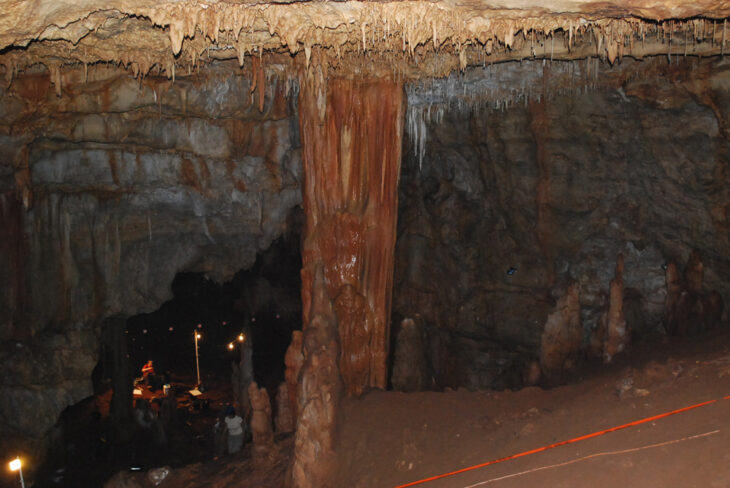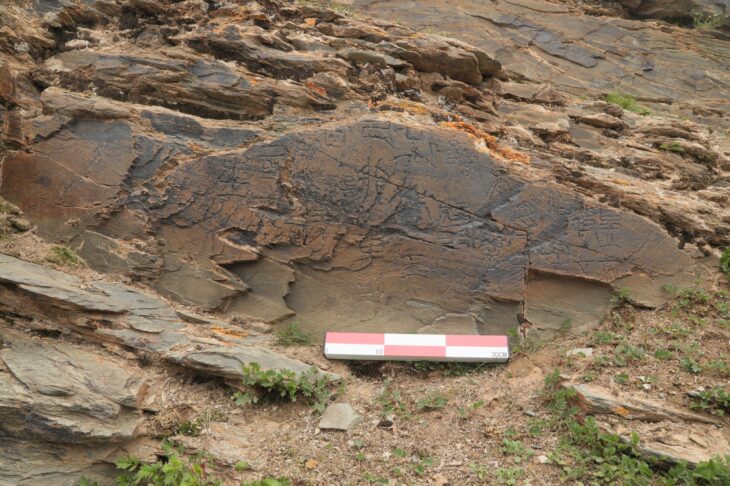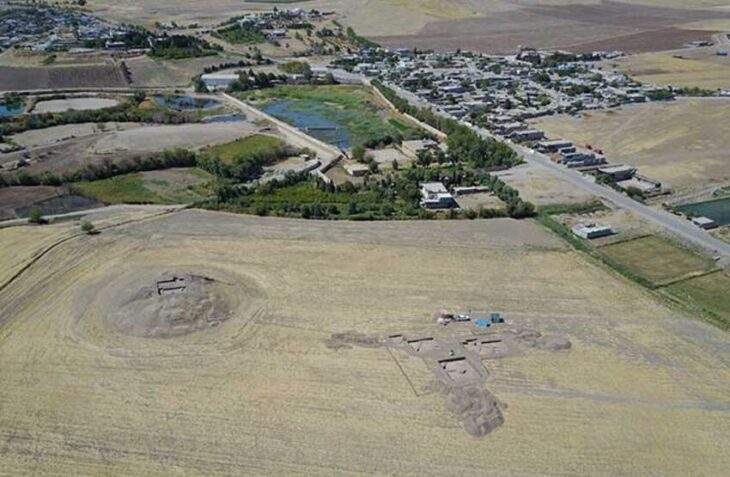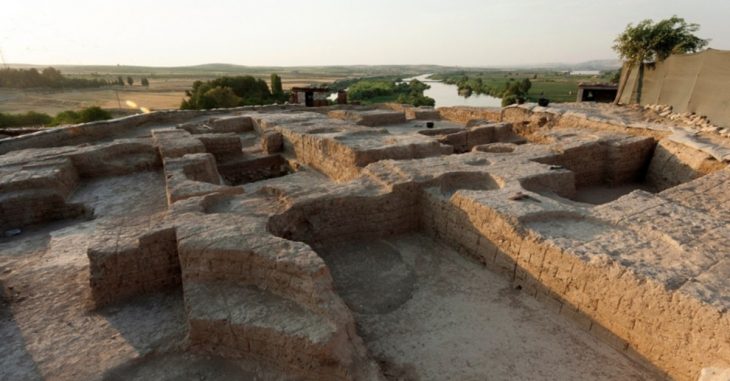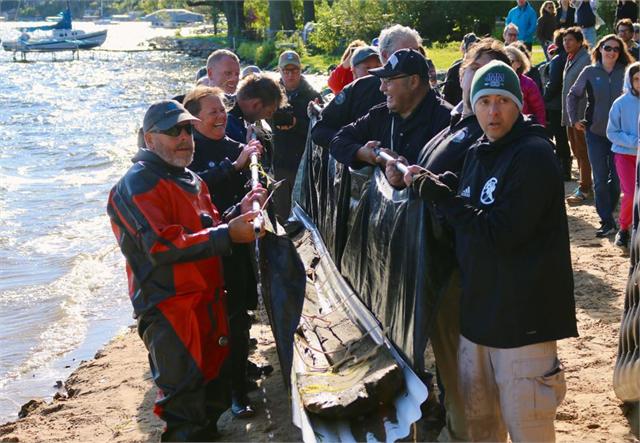A cave chamber sealed off by sand for some 40,000 years has been discovered in Vanguard Cave inside the Gorham’s Cave Complex.
The cave was originally explored in 1997, and a study was launched in 2012 to see whether there were any tunnels or chambers that had been obliterated by later silt. Archaeologists from the Gibraltar National Museum uncovered a huge room at the far back of Vanguard Cave a few weeks ago, nine years later.
The complex, which is located on the eastern side of the Rock of Gibraltar, is made up of numerous caverns, including Vanguard Cave, Hyaena Cave, and Bennett’s Cave.
This cave chamber is a discovery that could reveal more about the Neanderthals living in the area at that time. Neanderthals and modern people have lived in the Gorham cave complex for thousands of years, leaving behind fossils, tools, evidence of bonfires, the remains of slaughtered animals, and even early artworks in the form of scratches.
According to the statement from the Gorhamcave website, a Preliminary investigation has revealed a 13-meter chamber on the very roof of the cave. This chamber had been sealed for at least 40 thousand years.
📣 Our WhatsApp channel is now LIVE! Stay up-to-date with the latest news and updates, just click here to follow us on WhatsApp and never miss a thing!!

Initial surface finds have produced remains of lynx, hyaena, and Griffon Vulture as well as scratch marks on the walls, produced by a carnivore as yet to be identified. There is also a large whelk which must have been transported up to the chamber which, even today, is well away from the coast. There is also evidence of ancient earthquakes.
Speaking to the Guardian, Clive Finlayson, director of the Gibraltar National Museum said it was “almost like discovering the tomb of Tutankhamun” when he and his colleagues ventured into “a space that no one’s been into for 40,000 years.” To which he added: “It’s quite sobering, really.”
Finlayson stated that there was a sea shell, specifically a large dog whelk shell especially a large shark shell, and that the cave was 20 meters above the sea, “so clearly somebody took it up there some time before 40,000 years ago.” The shell is “already a hint that people have been up there,” he said.
Commenting on the discovery, Minister John Cortes said: “these are exciting finds that open a new chapter of our rich history. Knowing Vanguard cave well, I often wondered what might lie behind the sands. Now we are beginning to get the first glimpse”. The work in this chamber will now continue with the prospect of exciting finds that have remained sealed for over 40 thousand years.
Scientists have speculated that this cave system may have been one of the last places Neanderthals lived before they went extinct around 40,000 years ago. Future discoveries could shed new light on the Neanderthals, a group of humans that became extinct about 40,000 years ago, and possibly as much as 32,000 years ago.


